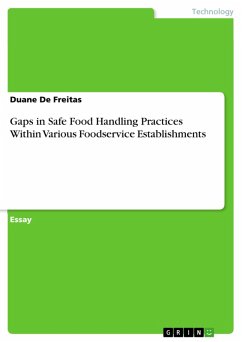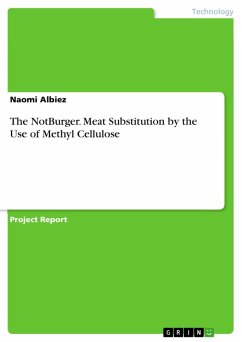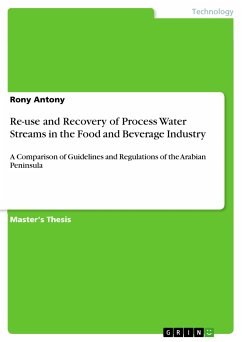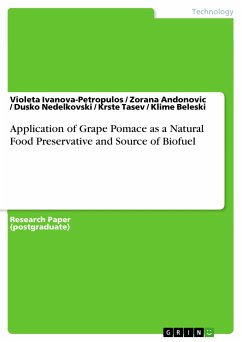Essay from the year 2015 in the subject Food Technology, grade: 90.00, University of South Africa, course: CHM4801- Contemporary Hospitality Management, language: English, abstract: The present work focuses on gaps in safe food handling practices within various foodservice establishments. The entire food chain is susceptible to unsafe food handling practices however; studies reveal that over 60% of illnesses occur as a result of improper food handling and preparation practices in food service establishments. The United States Food and Drug Administration (FDA) defines a foodservice establishment as an operation that stores, prepares, packages, serves, vends, or otherwise provides food for human consumption which, in a general scope, include restaurants such as full service and fast food restaurants; institutional foodservices, specifically hospitals and schools; and retail food outlets from seafood, produce, meat and poultry, and deli departments. These foodborne illness risk factors include food from unsafe sources, inadequate cooking, improper holding times and temperatures, poor personal hygiene, and contaminated equipment or prevention of contamination. Early acknowledgment of the foodborne illness epidemic propelled the FDA to initiate a ten-year study in 1998 to measure trends towards the occurrence of foodborne illness risk factors. The study further included data collection inspections of the restaurant, institutional, and retail foodservice establishments in order to observe and document trends in the occurrence of foodborne illness risk factors. The latest report was published in 2009 which includes the last phase of the 10-year study. These foodborne risk factors are ultimately the specific gaps within food handling practices which forms the basis of this review in contrast to the respective foodservice establishments. The majority of biological and toxic agents that cause foodborne illnesses originate from early sources in the food handling chain, such as farming. Regulations must be in place to govern farm land use, animal feed, agrochemical use, sanitary practices and other aspects of food safety.









